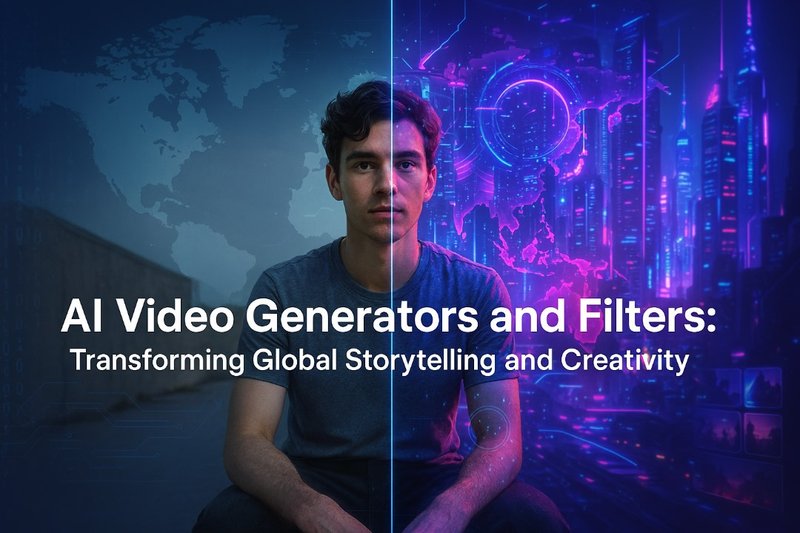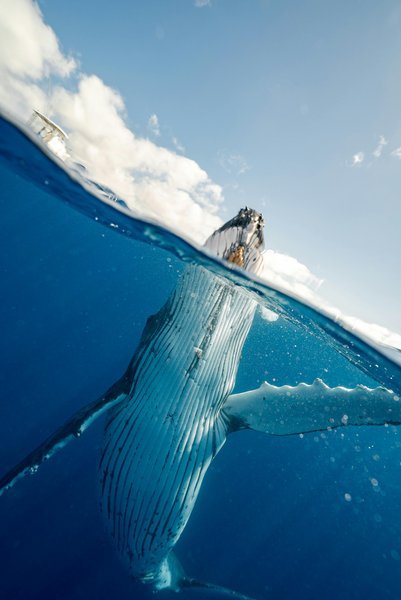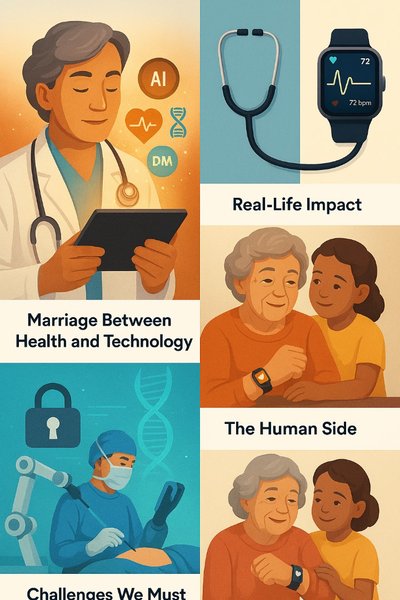Introduction
In April 2025, a Nigerian fashion influencer filmed herself in her bedroom, but her followers saw her walking along the cobblestone streets of Paris. She hadn’t traveled, and no film crew was involved — the transformation was entirely powered by artificial intelligence. This is the reality of AI video generators and AI video filters, technologies that are rapidly changing how humans create and consume moving images. From entertainment to education, marketing to social advocacy, they are democratizing video production and reshaping industries worldwide.
What Are AI Video Generators and Filters?
AI video generation is the process of using advanced machine learning models, such as deep neural networks, to create video content from scratch or transform existing footage. Unlike traditional editing, which relies on manual cutting, compositing, and rendering, these systems can interpret prompts, scripts, or even voice instructions to produce sequences that match the creator’s vision.
-
AI video generators: Create entirely new video content from a blank canvas. Example: Typing “Generate a 30-second beach scene with a drone flyover at sunset” produces that sequence without a single shot being filmed.
-
AI video filters: Modify existing videos in real time or during post-production to change style, enhance quality, or apply effects. Examples include converting a live stream into anime style, color-correcting a film scene instantly, or replacing a background without a green screen.
How It Works: The Technology Behind AI Video
Generative Models
The two main architectures driving AI video are generative adversarial networks (GANs) and diffusion models.
-
GANs use two networks — a generator that creates synthetic frames and a discriminator that evaluates realism — to refine quality over thousands of iterations.
-
Diffusion models start with visual “noise” and progressively denoise it into clear frames guided by text, images, or audio input, often producing higher detail and style control.
Natural Language Processing and Computer Vision
Modern AI video systems combine NLP for understanding human instructions with computer vision for rendering visual output. A prompt like “a snowy mountain village at sunrise with slow camera pan” is broken down into subjects, setting, lighting, and motion, then rendered into coherent moving frames.
Audio and Lip Sync Integration
Some advanced models integrate voice synthesis and lip-syncing, enabling characters to speak lines in perfect sync — a game changer for dubbing, interactive storytelling, and education.
Global Adoption and Case Studies
Africa
-
Education: Ed-tech startups in Kenya and Ghana are creating interactive history lessons where AI-generated historical figures narrate events directly to students.
-
Media: Nigerian music producers are releasing AI-generated music videos without filming a single scene.
Asia
-
Events: Indian wedding planners use AI video filters to create cinematic highlight reels, complete with Bollywood-style effects, minutes after the ceremony.
-
E-commerce: Chinese online marketplaces deploy AI-generated product videos localized for different languages overnight.
Europe
-
Advertising: French luxury brands use AI-generated backdrops to launch international campaigns without flying models and photographers to multiple locations.
Americas
-
Activism: Brazilian NGOs create AI-enhanced environmental awareness videos showing forests regrowing over decades in seconds.
-
Sports: U.S. sports teams use AI filters for real-time stats overlays during live broadcasts.
Middle East
-
Tourism: Dubai tourism agencies produce AI-generated previews of attractions for VR travel booths worldwide.
Market Trends and Growth Projections
The global AI video market is projected to reach $28 billion by 2030, growing at a CAGR of over 22%. Social media adoption is accelerating this growth — short-form platforms report that over 35% of their videos now contain some AI-generated or AI-filtered component. Mobile integration is making these tools accessible to billions without expensive hardware.
Challenges and Limitations
Even with rapid progress, AI video has technical and operational limitations:
-
Complex motion: Fine hand movements, dynamic crowd scenes, or chaotic weather effects remain challenging to replicate naturally.
-
Physics realism: Water, fire, and shadows may appear slightly unnatural in some outputs.
-
Compute cost: Large models require significant GPU power and energy, raising environmental concerns about AI’s carbon footprint.
Ethics, Regulation, and Responsible Use
The same tools enabling creativity can also produce harmful deepfakes or unauthorized likenesses.
-
Regulation: The EU’s AI Act mandates transparency for synthetic media, while countries like the U.S., South Korea, and Australia are drafting laws against malicious deepfake creation.
-
Cultural sensitivity: In some countries, portraying historical or religious figures via AI video may be viewed as disrespectful or illegal.
-
Industry safeguards: Watermarking, detection algorithms, and blockchain verification are emerging to protect authenticity.
Impact on Creative Industries
AI is changing workflows across sectors:
-
Film: Indie directors are using AI for visual effects, while some film festivals now have categories for AI-generated shorts.
-
Music: Artists are blending AI-generated visuals with live performances to create immersive concert experiences.
-
Advertising: Agencies deliver personalized campaigns at scale, with ads dynamically adjusting visuals based on viewer demographics.
Resistance is growing from unions and traditional artists who fear loss of jobs and erosion of artistic identity. Debates around intellectual property — who owns AI-generated content, the user or the model creator — are intensifying.
Future Directions and Hybrid Possibilities
The next wave of AI video is expected to bring:
-
Hyper-personalization: Videos that adapt in real time to each viewer’s language, cultural context, or personal preferences.
-
Real-time interactivity: Interactive videos that respond to viewer input, blurring the line between watching and participating.
-
Integration with VR and AR: AI-generated environments in VR tailored to each user; AR overlays that adapt dynamically to surroundings.
-
Blockchain authentication: Using blockchain to verify and timestamp AI-generated content, ensuring traceability.
-
IoT camera synergy: “Living documentaries” where connected devices feed AI engines to produce evolving, real-time narratives.
Cultural Shift and Global Conversation
The rise of AI video is more than a technological shift; it’s a cultural transformation. Social media trends, music videos, activism campaigns, and even memes are increasingly AI-driven. Small creators can now compete with major studios, while audiences grapple with questions about authenticity and the definition of art.
From Lagos to Los Angeles, Mumbai to Madrid, AI video is becoming a shared language — one that transcends borders, accelerates storytelling, and forces humanity to reconsider what is “real” in the age of intelligent machines.




Comments (0)
Leave a Comment
No comments yet. Be the first to comment!